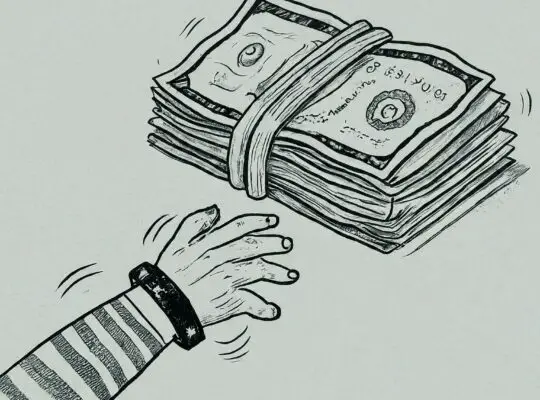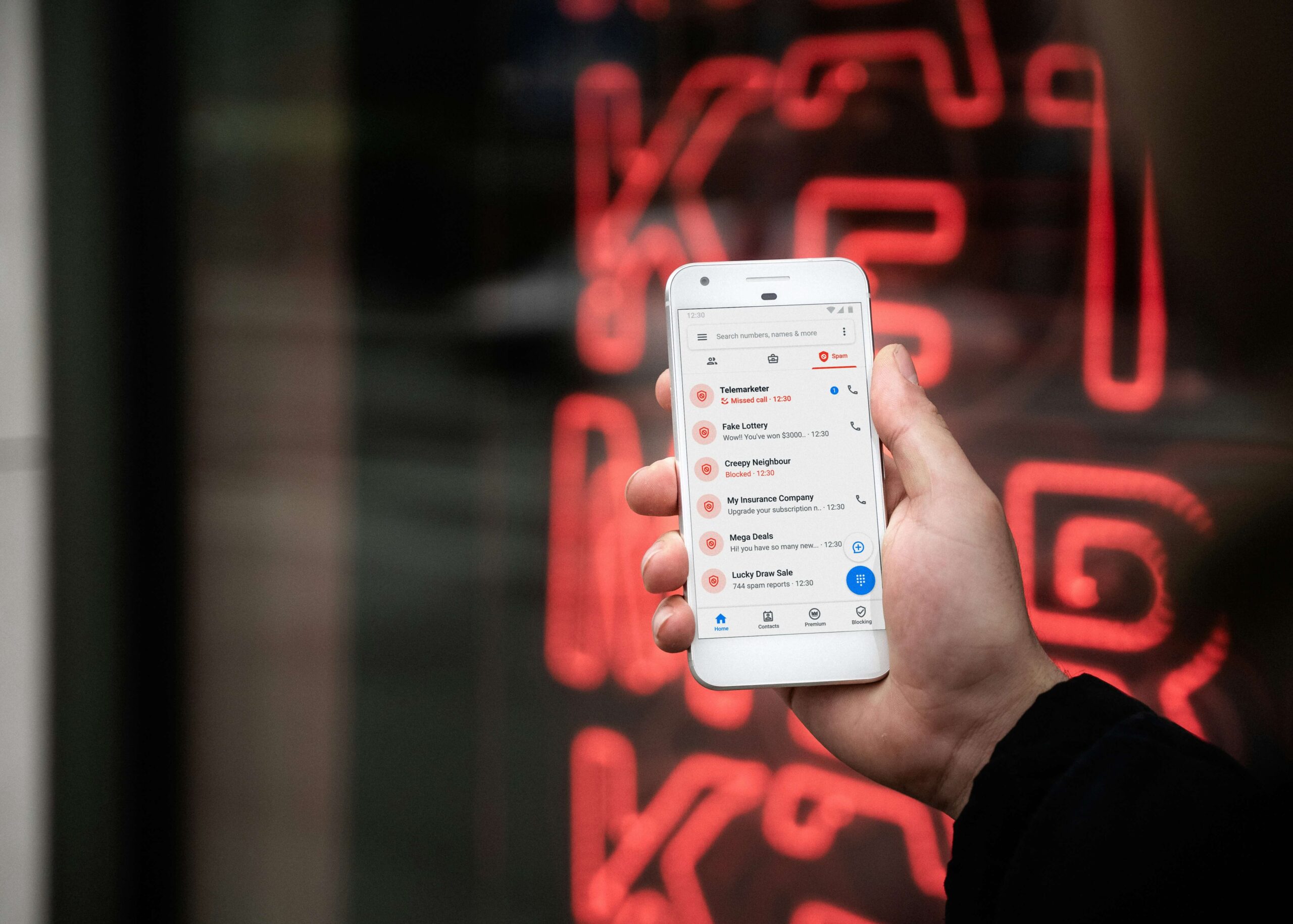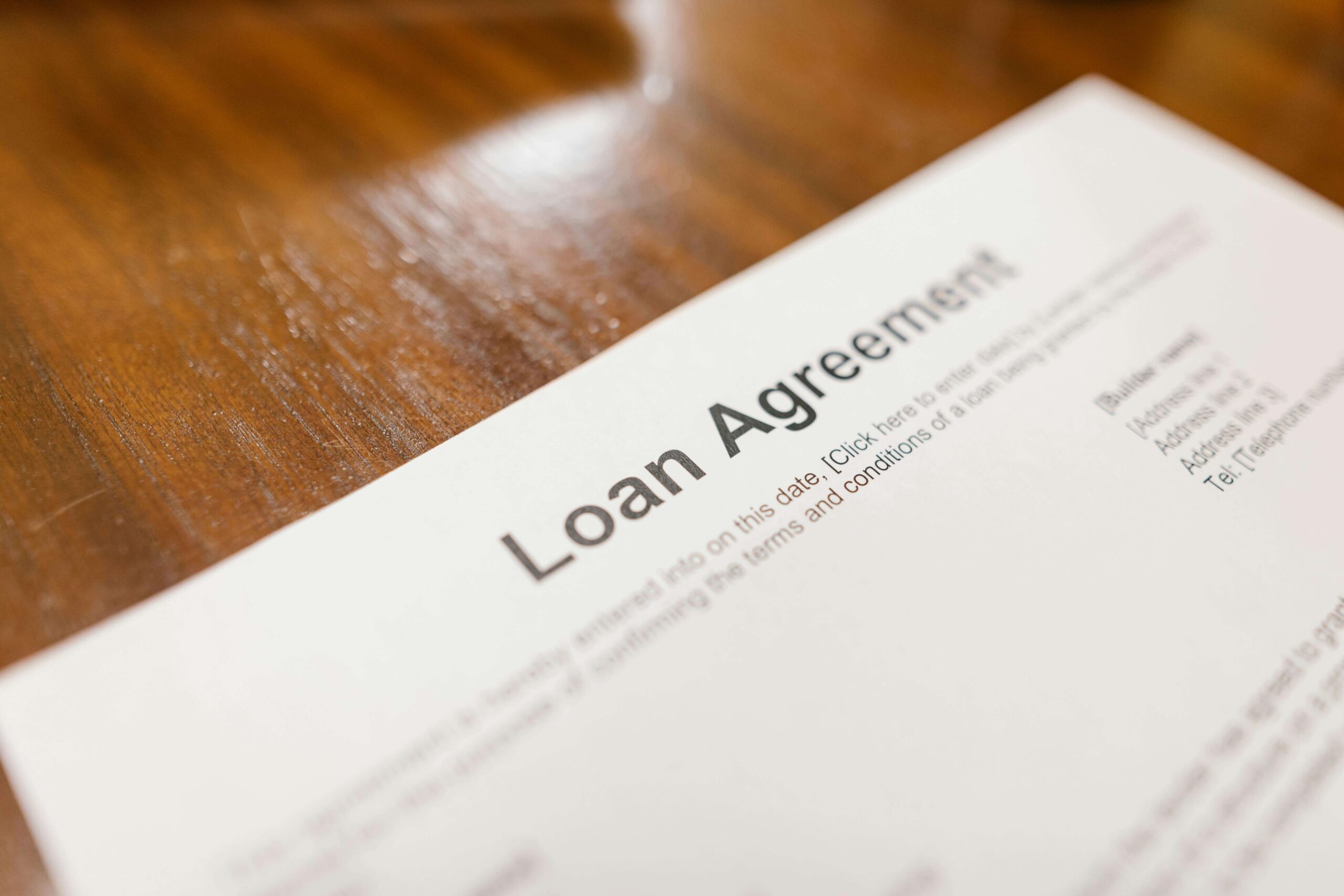Gratuity, also known as a tip, is an optional amount paid by customers as a way of rewarding a wait staff for their good service. It is an approach that dinners use to show appreciation for the quality service that have received. Although – tipping – is customary in many cultures, at times it is confusing to know how much to leave and how it impacts the final bill. But, keeping that aside, have you ever wondered how gratuity might appear on a bill?
Apart from being a way of showing appreciation, gratuity does exist due to other reasons. Among them is being a way of making sure that wait staff are fairly compensated for their service. Servers do rely on tips as a major portion of their income, and thanks to gratuity, their wage is supplemented.
The inclusion of gratuity on a bill assists in streamlining the payment process. Rather than having to calculate and leave a tip separately, customers simply pay the total amount indicated on the bill, which is inclusive of gratuity. Such convenience is especially beneficial for larger parties or busy restaurants since leaving individuals tips is challenging in such places.
Gratuity Calculation
Typically, gratuity is calculated as a percentage of the total bill (the pre-tax subtotal on the bill). For the percentage used, the common gratuity percentages range from 10% to 20%. The percentage used is dependent on the situation:
For average service quality, a gratuity of 15% to 18% is used as it is considered appropriate. This is a percentage that serves as a common baseline although it is adjusted based on the satisfaction level of the dinner.
When the service is excellent, exceeds expectations, and goes above or beyond, a gratuity of 20% or more is used.

In case the service falls below expectations, a percentage of 10 or less is used. This serves as a way of exhibiting dissatisfaction with the service. Hence, the lower the percentage, the lower the service delivery, and the higher the percentage, the better the service. Basically, higher percentages acknowledge exceptional effort and exceptional service.
In order to calculate the gratuity amount, the total bill is multiplied by the selected gratuity percentage. For instance, if the total bill is $100 and the percentage is 15%, the gratuity amount would be $15 ($100*15%). This means that the customer would be expected to leave a tip of $15 in addition to the total bill.
How Gratuity Might Appear On a Bill
Depending on the policies adopted by a restaurant and the type of dining experience, gratuity appears on a bill in one of three key ways:
- Automatic gratuity – In this case, gratuity is automatically added to the bill. This mostly happens in cases of larger parties or events. The percentage used for the gratuity is often predetermined. In most instances, it is either 18% or 20% and it is added to the bill without the input of the customers.
- Discretionary gratuity – In this scenario, the amount of gratuity is left up to the discretion of the customer. The bill includes a suggested gratuity percentage or amount but ultimately, it is the customer’s choice whether to leave a tip and how much to leave. This approach allows customers to consider the quality of service they received prior to deciding on the gratuity amount.
- Service charge – In some nations/establishments/restaurants, instead of gratuity, a service charge is included in the bill. Unlike gratuity, which is optional and directly given to the server, a service charge is a mandatory fee that goes to the establishment. Often, it is a percentage of the total bill and covers the cost of providing service.

So, how gratuity might appear on a bill? A gratuity might appear on a bill as a pre-calculated gratuity, a separate gratuity line, or a space for “total” only. Regarding pre-calculated gratuity, gratuity is automatically added to the bill and it occurs in cases of large groups, typically 6 or more, and a percentage of 15-20% is used. For a separate gratuity line, a dedicated line for “gratuity” or “tip” where you write in the desired amount (percentage) is provided. In the case of space for “total” only, only the pre-tax amount is shown and a blank space for the total is shown.
Related Article: How Much Money is 40 Quarters
The standard gratuity used does vary by region. For example, in North America, the common gratuity percentage is 15-20%, in Europe, it is 10-15% while for Asia, it is 15%.
Factors for Consideration During Gratuity Determination
When deciding on the gratuity amount, some of the essential factors to take into account include:
- Service quality – Consider factors like attentiveness, friendliness, promptness, and overall satisfaction with the service. The higher you have rated them, the higher the gratuity percentage to use, and vice versa.
- Difficulty of service – In case you were part of a large party or had specific requests that necessitated/required additional effort from the waitstaff, it would be appropriate to leave a higher gratuity percentage. This would serve as a way of acknowledging the extra work.
- Time spent – In case you had a lengthy dining experience or occupied a table during peak hours, leaving a higher gratuity compensates for the time and potential loss of additional customers that the wait staff could have served.
- Local Customs – Local customs are important, especially in the hotel/service industry. So, be aware of the region you are in or traveling to and adjust your gratuity accordingly. In some places, tipping might not be expected, while in others, it might be customary to leave a higher gratuity.
How to Handle Gratuity Disputes
Disagreements/conflicts are part of life. When such arises regarding gratuity charges, the following tips can be utilized for handling the situation:

- Communicate – In case there are concerns or questions about the gratuity charge, politely communicate with the restaurant staff. This is because they would be more willing to address the concerns and provide an explanation if necessary.
- Understand policies – Get to familiarize yourself with the gratuity policies of the establishment before dining. Some establishments have specific guidelines regarding gratuity and being aware of such policies would help you in avoiding misunderstandings.
- Leave feedback – Consider leaving constructive feedback for the restaurant management, if you had a negative experience. This allows them to address any issues and improve the overall dining experience for future customers.
- Discreetly request to speak with the manager – Explain your concerns politely and professionally, focusing on the specific aspects of the service that fell short of your expectations.
- Avoid confrontations with the server – Remember, the server does not control factors like restaurant policies or kitchen delays. Hence, be respectful and direct your concerns to the appropriate management personnel, which is the manager.
Conclusion
Gratuity amounts vary depending on the country, region, or even the establishment itself. About how gratuity might appear, it might be automatically added to bills for large groups or added as a mandatory service charge. Automatic gratuity is applied in order to streamline the process and ensure fair compensation for the server handling a bigger table.








